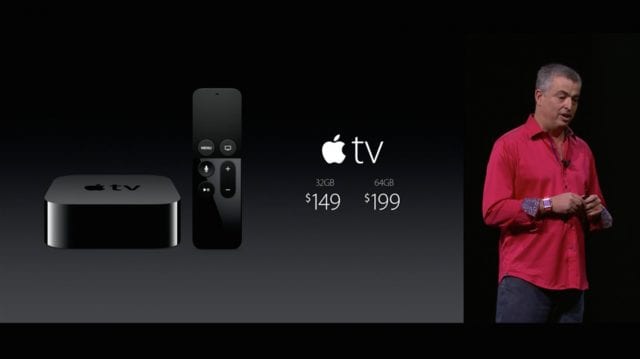
So far, the OWC Deeper Dives have covered the details of the new iPad Pro and iPhone 6s. But there was one more major product announcement at the Sept. 9 “Hey Siri” event – the fourth-generation Apple TV. The new device won’t ship until sometime in October, but anticipation is high for the next generation of Apple’s set top box. Let’s take a closer look at some of the features of the new device.
A Giant Leap In Power and Storage
For anyone who has waited for an Apple TV to start streaming a movie or even just jump into a new channel, the new Apple TV should make you much, much happier. Apple’s redesign of the hardware is centered around the use of an A8 dual-core system-on-a-chip (SOC), which is quite an improvement over the hobbled A5 SOC used in the previous version. The original third-generation devices used an A5 with one core locked so that it couldn’t be used, while later third-gen Apple TVs used a redesigned A5 with only a single core.
The A8 usually runs at clock rates of 1.1 to 1.4 GHz, an improvement over the 800 MHz to 1 GHz rates in the A5. There’s also more RAM in the A8, as it’s packaged with 2GB — four times the amount in the A5. It’s believed that the graphics processing unit (GPU) of the A8 is a quad-core PowerVR Series 6XT GX6450, which should be impressively faster than the dual-core PwerVR SGX543MP2 used in the previous Apple TV.
Perhaps the biggest change is in the amount of on-device storage. While the third-generation Apple TV had just 8GB of local storage, the new device comes with either 32GB ($149) or 64GB ($199). With all of that storage available, you’d think that the apps that will come on the new device could use a bunch of it. Oddly, each app is limited to 200MB of local storage, so many apps will be downloading resources from iCloud before they’ll be able to run.
All of this power comes in a slightly bigger box. While the new Apple TV is still 3.9 inches square, it’s now 1.4 inches tall compared to the 0.9 inch 3rd-generation box.
Connectivity
With apps needing to download resources, Apple TV owners will want the fastest possible Internet connection. The new Apple TV now supports 802.11ac Wi-Fi, while the older version topped out at 802.11n. The box also has the same 10/100 Mbps Ethernet connection found in the previous version.
One big change is the addition of Bluetooth 4.0 to the Apple TV bag of tricks. Already, third-party game controller manufacturers are gearing up to produce “real” game controllers that will work directly with the Apple TV. In the past, it was necessary to play a game on an iPhone or iPad, beaming the game image to an Apple TV via AirPlay so that it could be viewed on a HDTV. There were some controllers that worked with both iPhone and iPad, but the new design will work directly with the apps on the Apple TV.
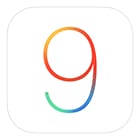 App Store and tvOS
App Store and tvOS
One of the most anticipated additions is that of an Apple TV App Store. Developers can port their iOS 9 apps for purchase on the App Store, and it looks like many game developers are already jumping on the bandwagon. The new Apple TV runs a completely new operating system called tvOS, which is based on iOS 9. Apple made a point of explaining that developers still use Xcode to write their apps, and that those apps can be universal, running on iPhone, iPod touch, iPad and Apple TV.
Many people were hoping that Apple would announce an “a la carte” TV subscription service at the event. As an example of this type of service, you’d pay Apple a set fee — perhaps $35 per month — for a bundle of popular stations and local programming. For additional premium channels, you will probably buy an app that includes access to a service’s library of movies or shows. Since this will be so incredibly disruptive to the existing cable/satellite TV duopoly and its relationship to the studios, it’s been difficult for Apple to ink deals. Perhaps if the Apple TV and App Store take off over the 2015 holiday buying season, studios will finally sign on the line for inclusion on the device.
So, if you have hundreds of possible channels to select from on your Apple TV, both now and in the future, how are you going to search for content quickly and easily? Apple has an answer for that — Siri Remote.
Siri Remote
All Apple TVs have come with a remote control of some sort, usually connected to the device via infrared in the past. Those remotes were annoying slow in many situations, and Apple’s reticence to have more than three or four buttons on a remote made it hard to navigate the user interface. The new Siri Remote changes all of that, with a touch surface for swiping through the interface and dual microphones that enable Siri on the Apple TV for the first time.
One of the more remarkable demonstrations during the Apple event occurred with Siri Remote. Not only can users start high-level searches like “Show me some good comedies” and get results from any source that is enabled on the device (Netflix, Hulu, Plex, iTunes, etc…), but they can then ask Siri to dig deeper by saying things like “with Will Ferrell” to narrow down the choices. During any show, you can ask “What did he/she say?” and Siri rewinds the playback by 15 seconds and overlays close captions on the screen so you can get the lowdown on what was said.
The remote is also outfitted with accelerometers, so it can be used in a manner similar to a Nintendo Wii Remote as an input device for games and other apps. Think of a golf game where you’re holding onto the remote and swinging it to hit the ball — that’s what this new remote can do.
Ports
Like earlier Apple TVs, this incarnation has an HDMI port for a connection to your HDTV, but there’s a difference. This version is HDMI-CEC compliant. On HDTVs that include HDMI-CEC (most newer models do), just turning on the Apple TV switches the HDTV to the proper HDMI port. During one of the demos, an Apple VP noted that “the Apple TV turns on your TV for you” — that will only be the case if your HDTV supports HDMI-CEC.
Missing from this device is the optical audio output found in earlier devices, meaning that you’ll need to feed audio from your TV to whatever audio device you’re using to blast out the soundtrack from your favorite movies. There is a USB-C port, but it will only be used by developers for the purpose of restoring the device from beta tvOS versions.
What’s Missing?
One of the big surprises — to me, at least — was the lack of 4K video support. Considering that many new TVs being sold are 4K compatible and that Apple’s own iPhone 6s and 6s Plus will be capable of shooting 4K video, it’s insane that the new Apple TV doesn’t support 4K. It’s unknown if the hardware just isn’t capable of 4K support or if it will be something that Apple can provide with a software update in the future.
Should You Upgrade?
The big question for owners of 3rd or 2nd generation Apple TV devices is whether or not you should upgrade to the new box. If you are looking forward to being able to play games on an Apple TV, then by all means, go for it. If you’re anticipating an Apple streaming video service, you might want to wait a little while until Apple announces that service. For those of you who may just use your older Apple TV as an AirPlay receiver, there’s honestly no compelling reason to upgrade.
One other thing: Apple TV is the most expensive set-top box available right now. Consider looking at the other available devices from Roku, Google (Chromecast), and Amazon (Fire TV, Fire TV Stick) to see if they fit your needs more closely, as all of them are able to work with iOS devices.
What do you think about the new Apple TV? Is it too expensive for what it currently offers, or do you find the combination of hardware, Siri remote, and an App Store to be irresistible? Let us know in the comments below.


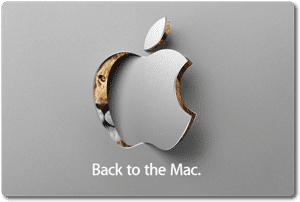
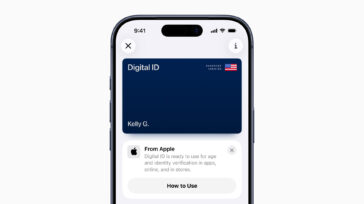

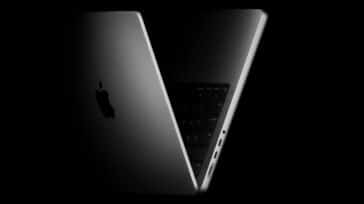
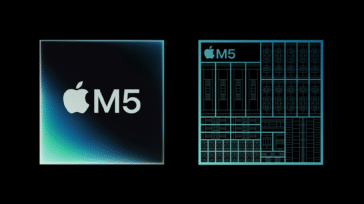


LMAO — Giant leap in storage ? Gen 1 aTVs came with 160GB that could be used for actual storage.
Reviews always talk about the number of “channels” these boxes have. Up to now, Roku was the leader, but with Apple opening an App Store, and being able to already use many of the existing iOS apps, this will change in a hurry.
Something reviews don’t often talk about is picture quality. I have a few friends that say the current AppleTV has a superior picture. If this continues to be true with the new one, the added cost might be justified. I am also disappointed that it doesn’t support 4K, but it’s not a deal breaker.
The lack of 4K capability is a major negative for me. I have a 3rd generation unit and I probably won’t upgrade until they make 4K available. It is strange that they make a big deal of 4K on the new phones but a brand new Apple TV cannot handle that output.
It’s not too expensive and goes beyond expectations. Waiting for Nintendo to bring the game to App Store as planned to try third party controllers and see how online games add up to the box.